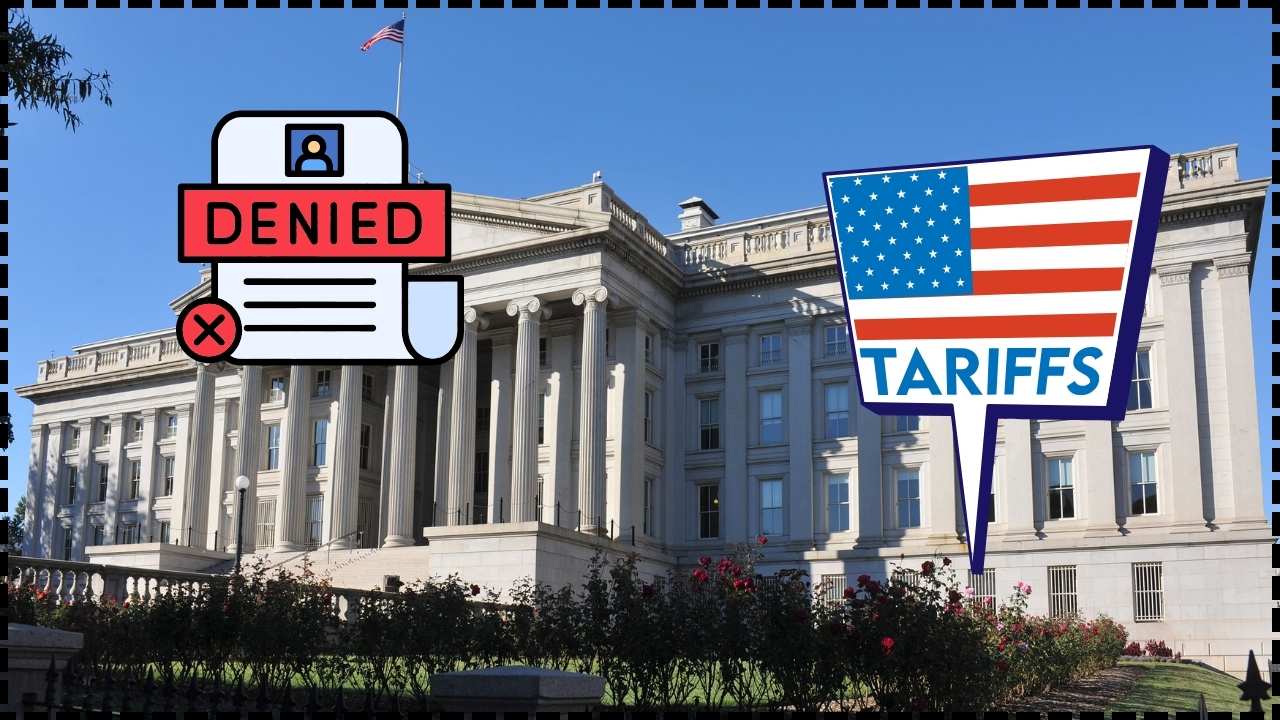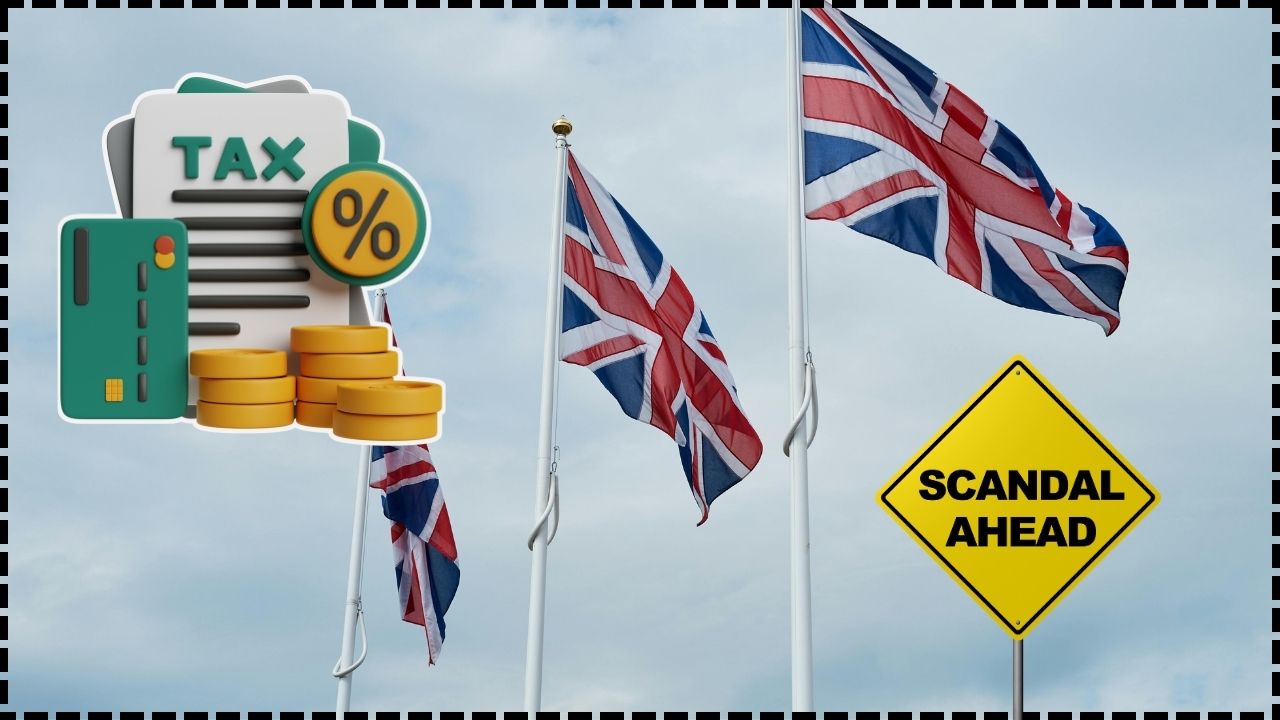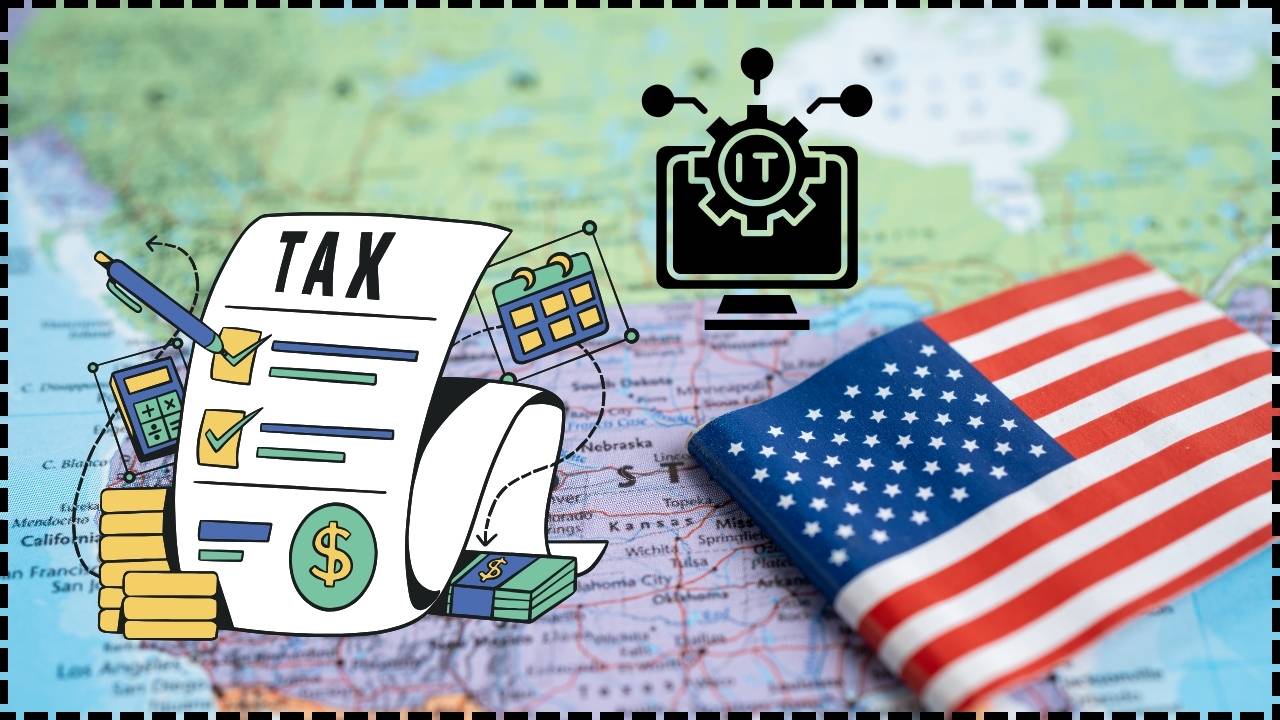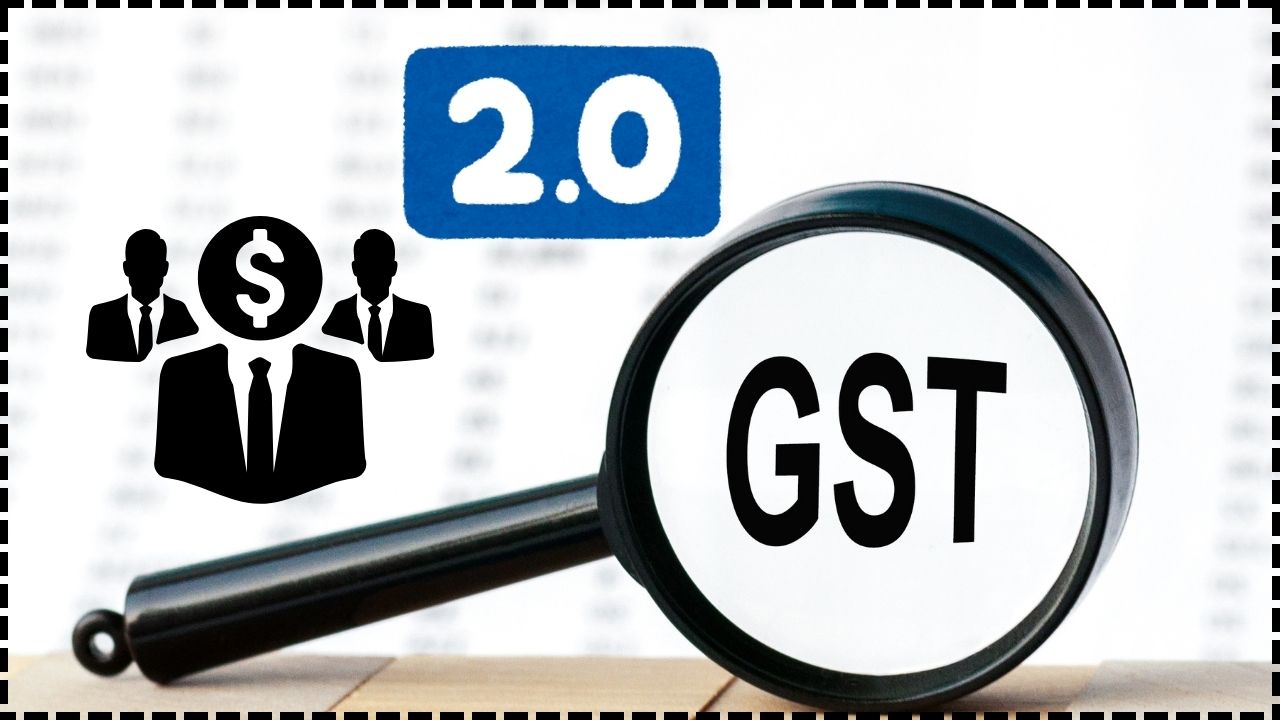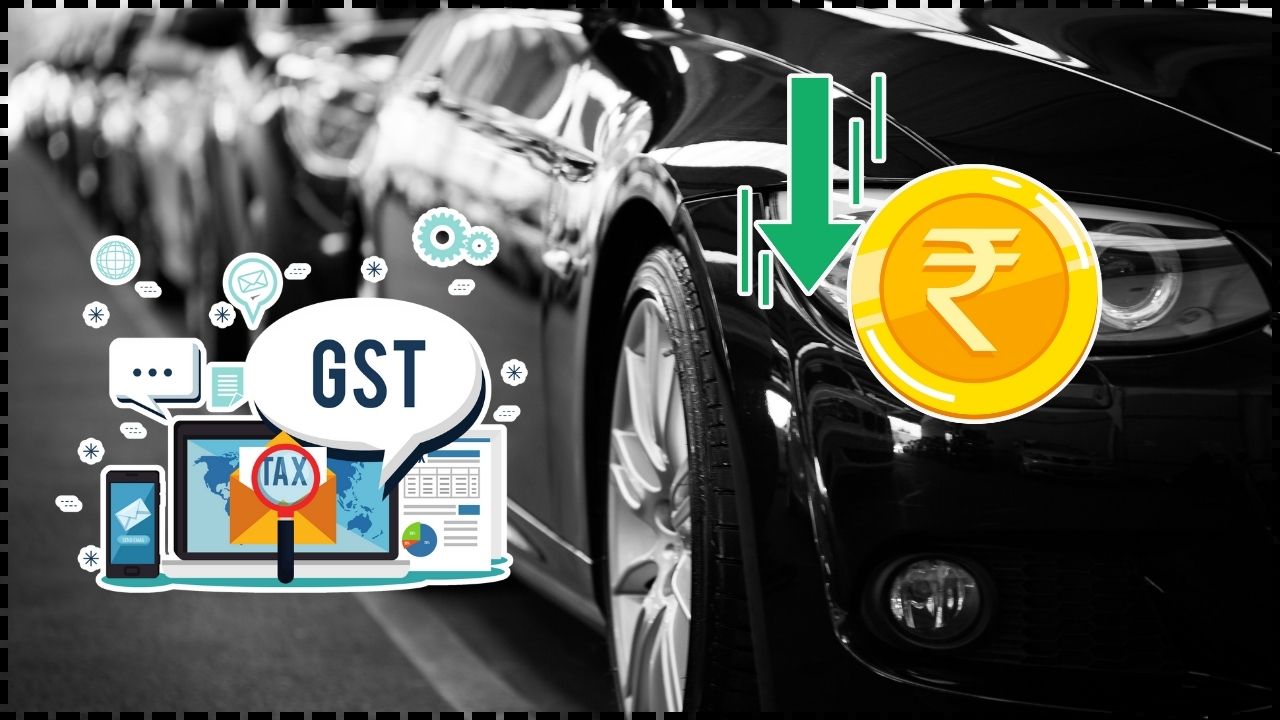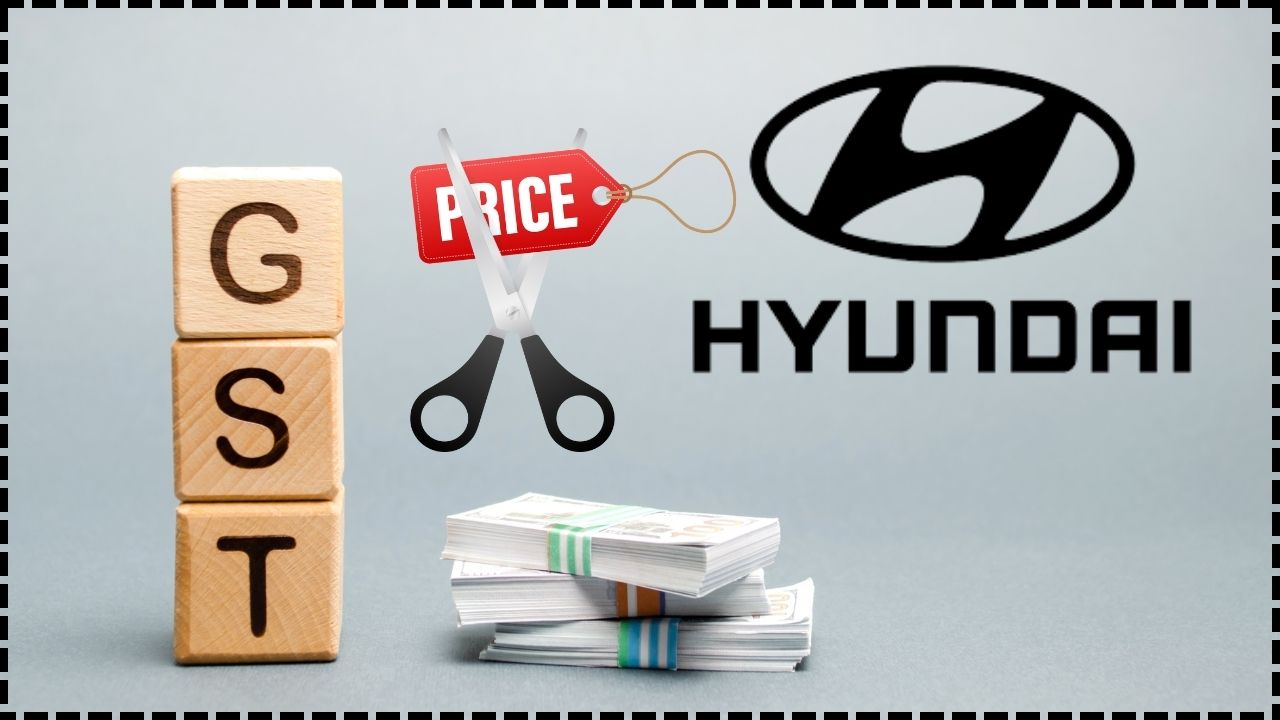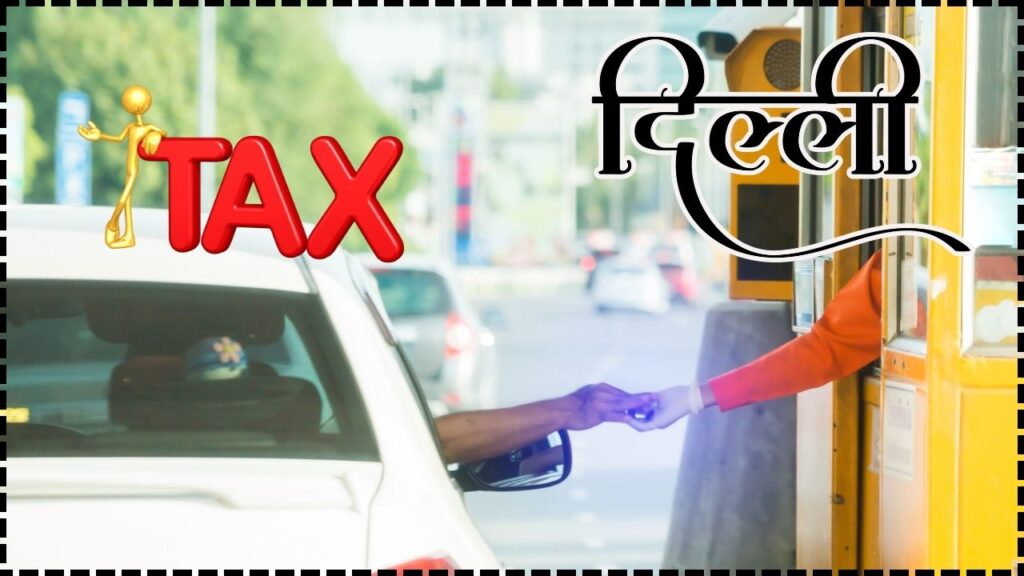
Delhi Mahapanchayat On Sept 13 Against UER-II Toll Tax: The hot topic right now is the Delhi Mahapanchayat on September 13 against the UER-II toll tax, where farmers and villagers are standing up to what they call an “unfair burden.” If you’ve been hearing about this but feel like the jargon and headlines are confusing, don’t sweat it. We’re about to break it all down—what’s happening, why people are mad, and what it means for everyday folks like you and me. Now, while this is happening in India, the story has universal lessons—think about it like when highway tolls in the U.S. get jacked up and locals feel ripped off. Same vibe, different zip code.
Delhi Mahapanchayat On Sept 13 Against UER-II Toll Tax
The Delhi Mahapanchayat on September 13 against UER-II toll tax is more than a local protest. It’s a global story about fairness, access, and how infrastructure decisions affect ordinary people. Whether you’re a farmer in Delhi, a commuter in Jersey, or a trucker in Texas, the fight is the same: making sure roads meant for the public don’t become roadblocks to daily life.
| Point | Details |
|---|---|
| Event | Mahapanchayat (village council meeting) in Delhi on September 13, 2025 |
| Issue | Farmers & locals protesting UER-II toll tax as unfair |
| Location | Bakkarwala–Mundka toll plaza, Delhi |
| Main Demands | Withdrawal of toll, exemptions for locals, fair compensation for land |
| One-Way Toll | ₹235 ($2.80 USD) for cars |
| Monthly Pass | ₹7,765 ($93 USD) for 50 trips |
| Affected Villages | Around 360 villages under Palam 360 Khap leadership |
| Official Website | National Highways Authority of India (NHAI) |
What’s the Deal with UER-II?
UER-II, short for Urban Extension Road-II, is a newly built 66-km expressway around Delhi. Think of it like a big bypass highway that’s supposed to take pressure off the city’s jam-packed roads. It connects Alipur in the north to Dichaon Kalan in the west, acting as part of the planned ring road system around India’s capital.
Now, the road itself is a good idea. It’s meant to divert heavy traffic away from residential zones, cut down on congestion, and reduce pollution in central Delhi. But here’s the kicker: there’s a toll plaza at Bakkarwala-Mundka charging drivers a hefty fee. For farmers and villagers who need to cross daily just to reach their fields, this toll feels like paying rent to visit your own backyard.
Why Are Farmers and Villagers Protesting?
Picture this: you live in a small town in Texas, and every time you drive to your farm or even to church, you gotta pay almost 3 bucks just to cross a road built on land your family gave up years ago. Wouldn’t that tick you off?
That’s exactly what’s happening here. Many Delhi farmers had their land taken for the highway back in the early 2000s with little compensation. Now, two decades later, they’re being asked to pay every single day to use the same road.
Their Key Complaints:
- Unfair Burden: Locals say the toll isn’t just pricey; it’s unfair for folks who rely on this road for daily life.
- No Exemptions: Farmers argue that exemptions (like discounts for locals within 20 km) aren’t clear or easy to access.
- High Rates: ₹235 for one-way? That’s like charging someone $3 just to cross a bridge in their own county.
- Compensation Issues: Many farmers say they never got fair land compensation when the government took their property.
- Livelihood at Stake: For small-scale vegetable growers, dairy farmers, and transport workers, these charges could cut earnings by 20 to 30 percent each month.
Historical Context of Tolls in India
This isn’t the first time tolls have sparked outrage. In Maharashtra (2015), farmers staged sit-ins against new toll plazas. In Haryana, villagers blocked highways demanding toll-free access for locals. Similar resistance popped up in Punjab, where protests forced the government to waive certain tolls.
The pattern is clear: while highways improve connectivity, communities living right next to them often end up paying the heaviest price.
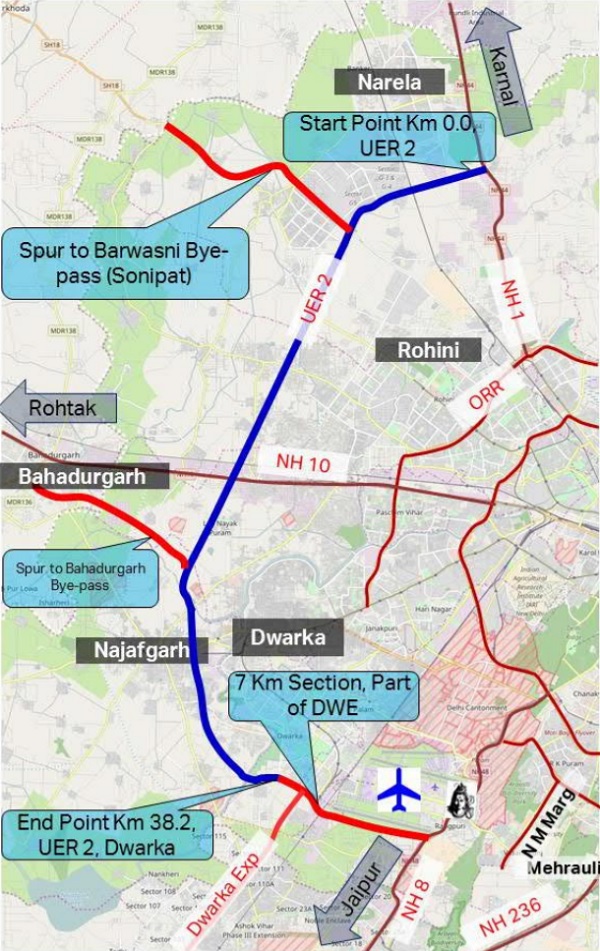
The Mahapanchayat: What’s Happening on Sept 13
On September 13, 2025, 360 villages will gather under the banner of Palam 360 Khap at the toll plaza. This isn’t just a small-town townhall—it’s a massive Mahapanchayat, like a community congress where thousands show up.
Leaders like Chaudhary Surendra Solanki are taking charge, and villagers are calling this a “do-or-die battle.” Expect fiery speeches, big banners, and a lot of pressure on the government. Similar gatherings in India’s history—like the farmers’ protests of 2020–21—show how such movements can quickly snowball into national debates.
The Political Angle
The UER-II toll controversy is no longer just about economics; it’s a political flashpoint.
- Opposition Parties: The Congress has slammed the tolls, calling them “exorbitant” and demanding a 50% cut plus relief for farmers. They also argue that villagers deserve alternative land or better compensation.
- Government Response: The NHAI insists exemptions exist and that toll revenues are necessary to maintain and repay the cost of building the road.
- Local Leaders: Village councils argue they were never properly consulted before tolls were imposed, and feel ignored by policymakers.
This fight is shaping up to test not only infrastructure policies but also trust between government and rural citizens.
The Government’s Side of the Story
The National Highways Authority of India (NHAI) says:
- Locals within 20 km of the toll plaza can get monthly passes for cheaper rates.
- Frequent travelers can buy a ₹7,765 pass for 50 trips a month (instead of paying ~₹11,750 if done individually).
- Exemptions exist for government vehicles, ambulances, and some categories of locals.
But here’s the problem: many villagers say the exemption paperwork is too complex, and not everyone qualifies. The relief doesn’t match the scale of the hardship.
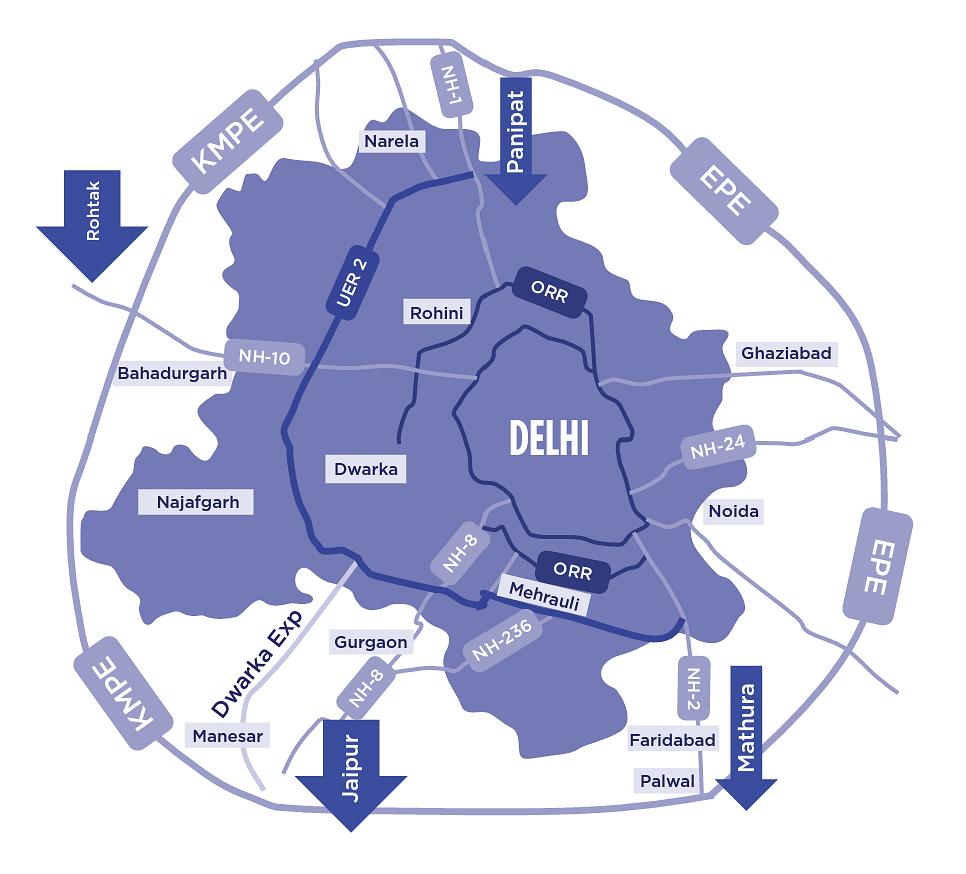
Delhi Mahapanchayat On Sept 13 Against UER-II Toll Tax: Economic and Environmental Impact
- Farmers’ Income: Paying ₹235 daily can eat into profits, especially for small farmers selling produce worth ₹500–₹700 per day. That’s almost 30–40 percent gone to tolls.
- Logistics Costs: Truckers moving goods say higher tolls increase transport costs, which eventually makes food, construction materials, and fuel pricier for everyone.
- Urban Congestion: If people avoid UER-II due to high tolls, traffic may pour back into Delhi city roads, undoing the highway’s purpose. More cars in the city mean higher pollution, longer commute times, and increased fuel consumption.
- Business Productivity: Companies relying on smooth supply chains may face delays, hurting competitiveness.
Why This Matters (Even If You Don’t Live in Delhi)
At first glance, you might think this is just “India’s problem.” But let’s be real: toll wars are everywhere.
- In the U.S., folks in states like New Jersey, Texas, and California have fought similar battles when tolls skyrocketed.
- In 2021, Rhode Island truckers protested toll hikes, arguing it unfairly hurt their livelihoods.
- Farmers in rural Ohio and Pennsylvania have fought land disputes over highway expansions.
The Delhi protest is a mirror of what communities worldwide feel when infrastructure projects forget the little guy.
Practical Breakdown: How Tolls Affect People
1. Farmers
They cross daily for farming, livestock, or selling produce. Paying ₹235 daily can wipe out profits and make farming unsustainable.
2. Commuters
Imagine driving to your job every day and losing $60–70 a month on tolls alone. For working-class families, that’s the difference between paying bills on time and falling behind.
3. Businesses
Logistics companies say higher tolls mean higher prices for consumers. What starts at the toll gate ends up inflating grocery store prices, rent, and even service charges.
Practical Advice: What Can Communities Do?
Step 1: Community Organizing
Town halls, petitions, and peaceful protests keep pressure on policymakers. Think grassroots movements like the Standing Rock protests in the U.S.
Step 2: Demand Transparency
Ask governments: Where’s the toll money going? Is it fixing roads, or just filling pockets? In the U.S., groups like Transportation for America push for this accountability.
Step 3: Push for Exemptions
Locals should lobby for free or discounted passes if they live near tolls, especially for essential travel like farming, school runs, and hospital visits.
Step 4: Legal Action
In several U.S. states, lawsuits have forced toll authorities to backtrack. Indian farmers are considering similar legal routes.
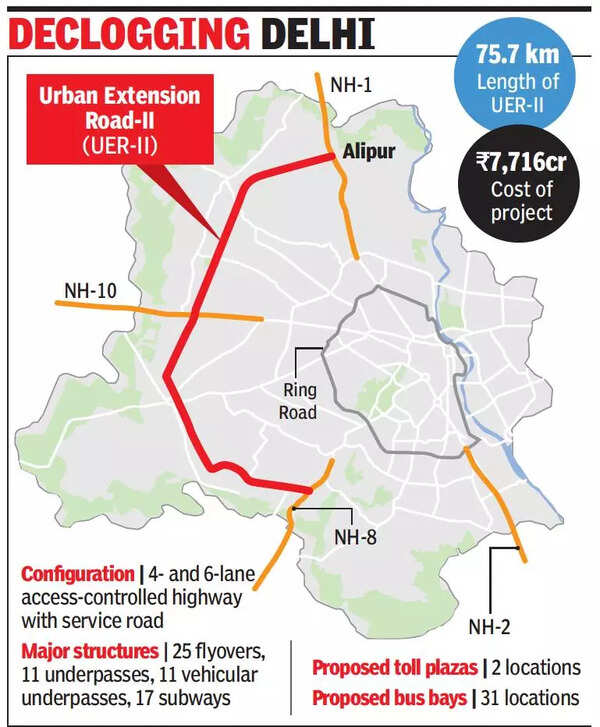
International Comparisons
Countries like Germany and Japan charge tolls but exempt locals in certain cases. In France, residents near toll plazas often get discounts. In Singapore, electronic road pricing is balanced with strong public transport, giving commuters real alternatives.
India’s situation highlights how infrastructure development without social safeguards can deepen inequality, even while improving roads.
Toll Tax On Two-Wheelers – What The New Rule Means For Riders
Jharkhand Toll Plaza Faces Heat With Demand for 75% Local Hiring
Delhi High Court Rules GST Show-Cause Notice Invalid After Registration Cancellation

